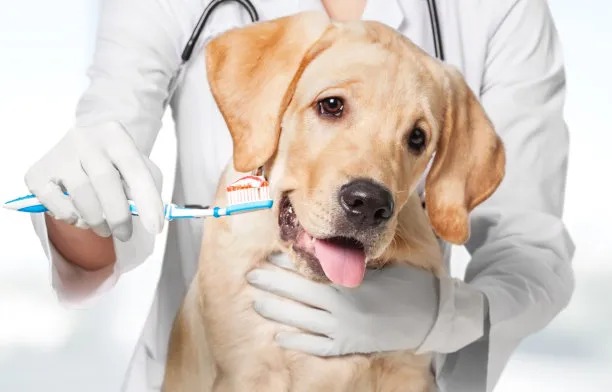The Essential Guide to Safely Extracting a Tooth and Ensuring a Smooth Recovery Experience
Summary: Tooth extraction can be a daunting experience, but with proper preparation, it can be handled safely and efficiently. This guide offers comprehensive steps for safely extracting a tooth, focusing on the importance of a skilled dentist, the necessary preparations beforehand, the procedure itself, and the post-extraction care for a smooth recovery. By following these guidelines, individuals can ensure not only a successful tooth extraction but also a minimized chance of complications. Attention to detail and adherence to care recommendations play vital roles in achieving optimal oral health and comfort throughout the entire process.
1. Importance of Choosing a Qualified Dentist

When it comes to tooth extraction, selecting a qualified dentist is crucial. A skilled dentist will have the necessary training and experience to perform the procedure safely. It is advisable to seek recommendations, read reviews, and verify credentials before making a choice. A dentist who specializes in oral surgery may offer additional expertise in managing complex extractions.
During your initial consultation, express any concerns you may have. A reputable dentist will take the time to explain the procedure, possible risks, and aftercare instructions. This communication helps build trust and comfort, making the experience less stressful. Additionally, your dentist can assess if a referral to an oral surgeon is necessary for more complicated cases.
Lastly, consider the location and comfort of the dental office. An accessible and welcoming environment can significantly reduce anxiety. A well-organized office with a friendly staff can make the process smoother, enhancing the overall experience during what can often be a tense moment for patients.
2. Preparing for Tooth Extraction
Preparation for a tooth extraction begins with understanding the reasons for the procedure. Whether its due to decay, overcrowding, or gum disease, understanding your situation can aid in mentally preparing for the process. Discussing these reasons with your dentist can also help clarify any doubts you may have.
Once the decision is made, certain preparations must be followed. Patients should provide their dentist with a complete medical history, as certain health conditions or medications may affect the extraction process. Based on this information, the dentist may recommend specific actions, such as avoiding certain medications or arranging for pain management.
Additionally, planning for post-extraction recovery is essential. Consider arranging transportation home, as the effects of sedation or anesthesia can hinder your ability to drive. Stock up on soft foods and pain relief options, and outline a brief recovery plan to help guide you through the first few days after the extraction.
3. The Tooth Extraction Procedure
The tooth extraction procedure typically begins with an anesthetic to numb the area around the problematic tooth. This step is crucial for ensuring that the patient experiences minimal discomfort. Some individuals may opt for sedation to relieve anxiety, which can be discussed prior to the appointment.
Once the anesthetic takes effect, the dentist will begin the extraction using specialized tools. The dentist will carefully loosen the tooth from its socket, taking care to minimize surrounding tissue damage. Its important to remain still and follow the dentists instructions during this process to ensure safety and efficiency.
After the tooth is removed, the dentist will pack the extraction site with gauze to control bleeding. Instructions for how to care for the area immediately following the extraction will be provided. Understanding this procedure helps patients feel more in control and informed about their treatment.
4. Post-Extraction Care for Healing
Post-extraction care is critical for promoting healing and preventing complications such as infection. Patients should follow the dentists aftercare instructions closely, which typically include biting down on gauze for several hours and avoiding strenuous activities for a few days. A frozen pack can also alleviate swelling in the initial recovery phase.
Diet plays a significant role in recovery, and it is recommended to stick to soft foods, avoiding anything that could irritate the extraction site. Foods like applesauce, smoothies, and yogurt are ideal during the first few days following the procedure. Hydration is essential, but patients should avoid using straws, as the suction can dislodge blood clots crucial for healing.
Monitoring the extraction site for signs of infection, such as increased pain, swelling, or discharge, is important. If any concerning symptoms arise, contacting the dentist promptly can help address potential issues before they escalate. Regular follow-up appointments may be scheduled to ensure proper healing.
Summary: Safe tooth extraction is a manageable and straightforward process when approached with the right preparation and care. By choosing a qualified dentist, thoroughly preparing for the procedure, understanding the extraction process, and adhering to post-care instructions, individuals can navigate tooth extraction confidently and comfortably. These steps emphasize not only the importance of oral health but also the overall well-being of patients during a potentially challenging experience.
This article is compiled by Vickong Dental and the content is for reference only



